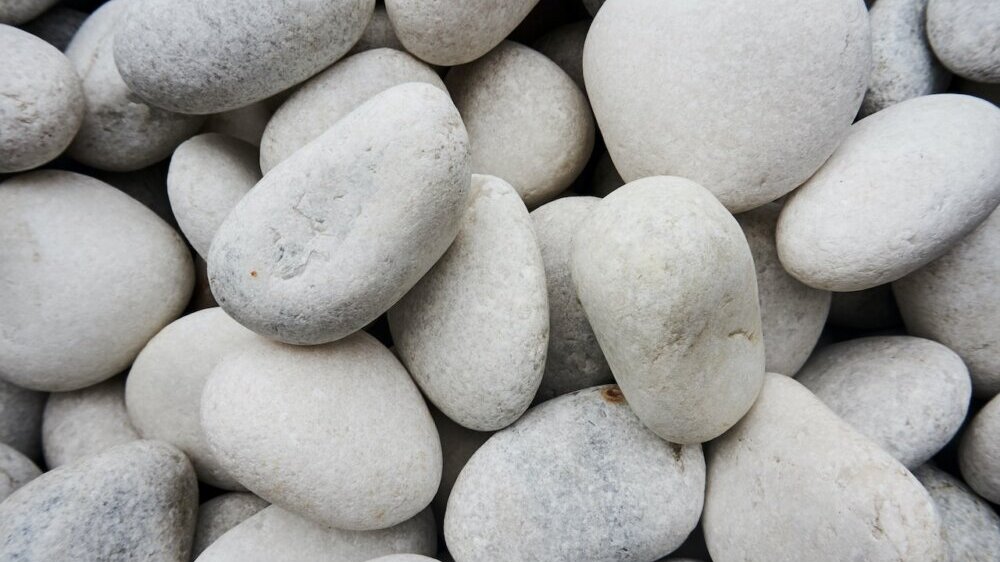
Aside from all the genocide, poverty, racism, sexism, and discrimination, it was a simpler, more innocent time growing up in the 1940s – the greatest generation. Popular music still had trumpets in it, Shemp joined the Three Stooges, and kids played stickball in the streets.
But not all was so great, as some families were so poor, they couldn’t afford sticks for stickball, which were expensive at the time. Even men who made a robust annual salary of 25 cents per year struggled to pay for their kids’ sticks. When you add up all the expenses, that 25 cents was accounted for quickly.
Just add it up: You had a monthly mortgage of one cent, groceries were at least a half-penny every month, and cobblers’ fees to fix your shoes were simply outrageous. The average American kept a pair of shoes for 45 years, going to the cobbler every few months. Don’t get me started on Big Cobbler – but it was a racket and the sock industry was in on it.
Even if you were fortunate enough to own your own pair of shoes, they got you on socks. Basically, a shadow cabal of shoe manufacturers, sock makers, and cobblers ran the the US economy. Ever hear of the Argyle Society? Probably not, and that’s the way they wanted it – but let’s just say every president from Taft to FDR was an Argyle.
So, instead of wearing socks, many people wrapped newspaper around their feet. Then they would read their feet when they got home from school or work. And instead of shoes, they wrapped cardboard around their newspaper socks, and wore them on their feet. Some families lit their shoes and socks on fire to keep warm. Very stupid people lit their shoes and socks on fire while they were still on.
All that said, rocks became a very essential part of the average American’s way of life in the 1940s. Rocks served multiple purposes, as they could be thrown, eaten, and sucked on. It’s amazing how much water you can get from a rock if you really suck on it. They were like popsicles in a way – dirty, tasteless, popsicles. You could also make rock stew. My Gamma told stories of eating rock stew with four different types of rocks, including granite, a delicacy in certain parts of New Hampshire at the time.
The great thing about rocks is they are free. The bad thing about rocks is they are really hard and difficult to digest. Several kids in the neighborhood died from eating rocks. Unfortunately, there were very few doctors in the 1940s, as most people cured their ills with large mallets and liquor.
It was not unusual for people to have huge stores of rocks in their pantry, which is an old-timey word for place where rocks are stored. People would also use rocks as weapons, as they could be thrown with great force at people who were deemed swarthy or untoward. However, rock violence became an issue, and soon, Congress passed a law to put more rocks on the streets, with even children as young as six months old allowed to carry. Soon, the growing popularity of rocks led to a secret cabal run by the Rock Concern, led by the Granite Society.
Ever heard of the Granite Society? Probably not, as that’s how they wanted it. As you can imagine, Big Rock exerted its influence and rocks only became affordable by the wealthy, forcing the poor to eat grass.
